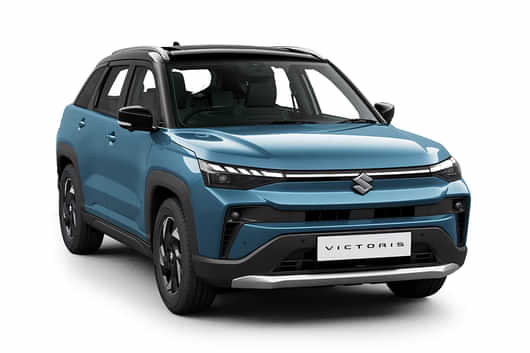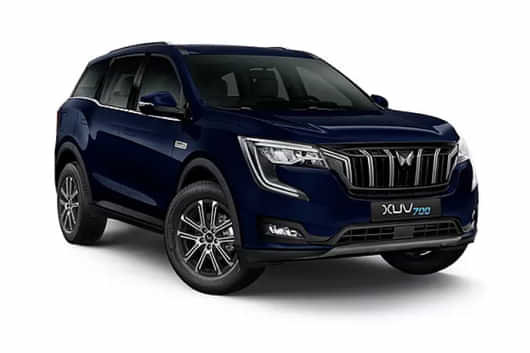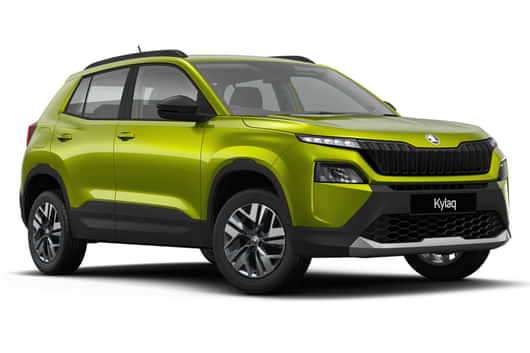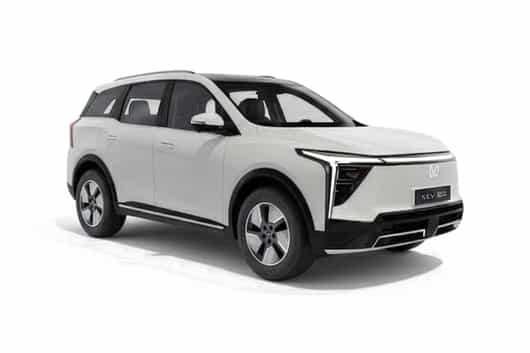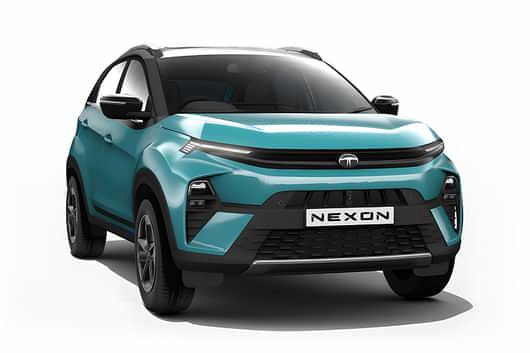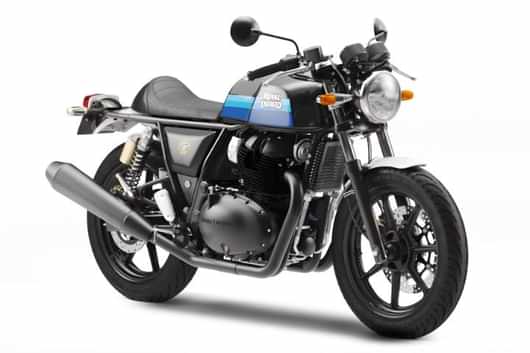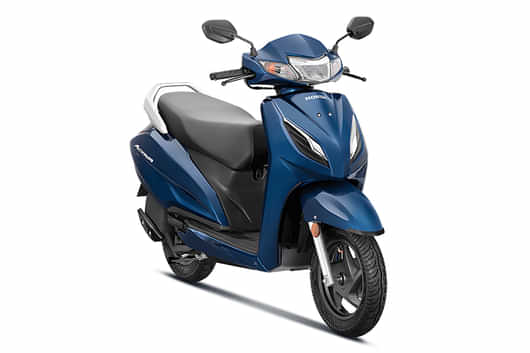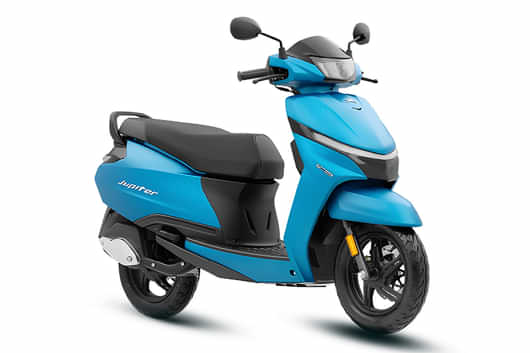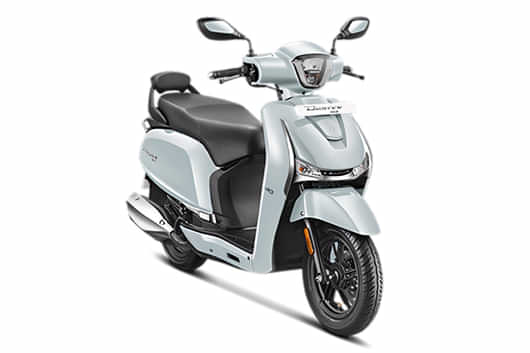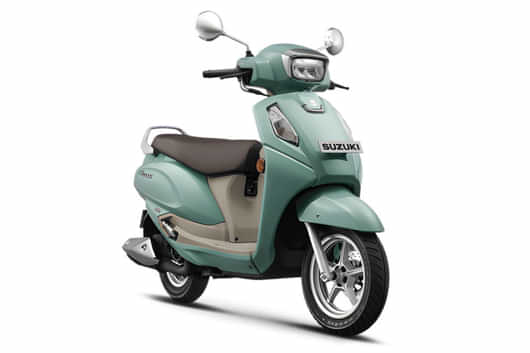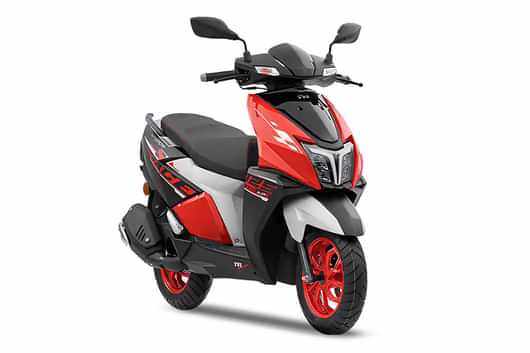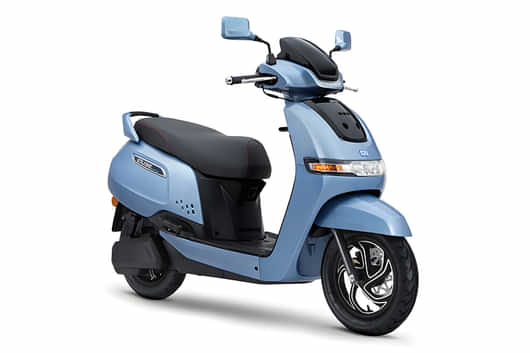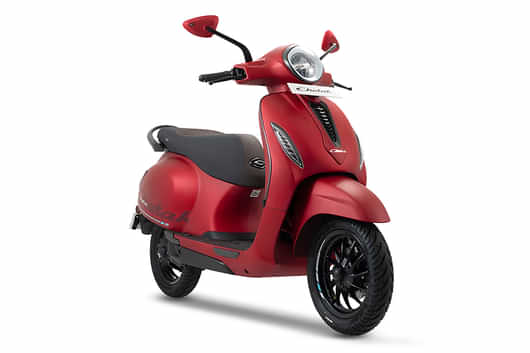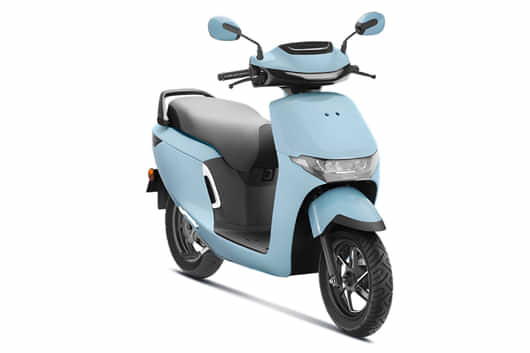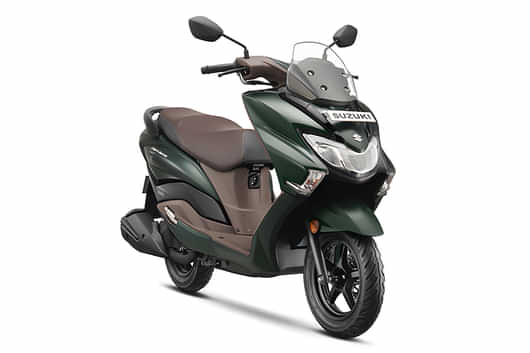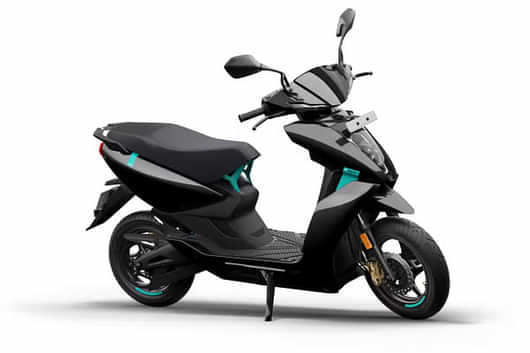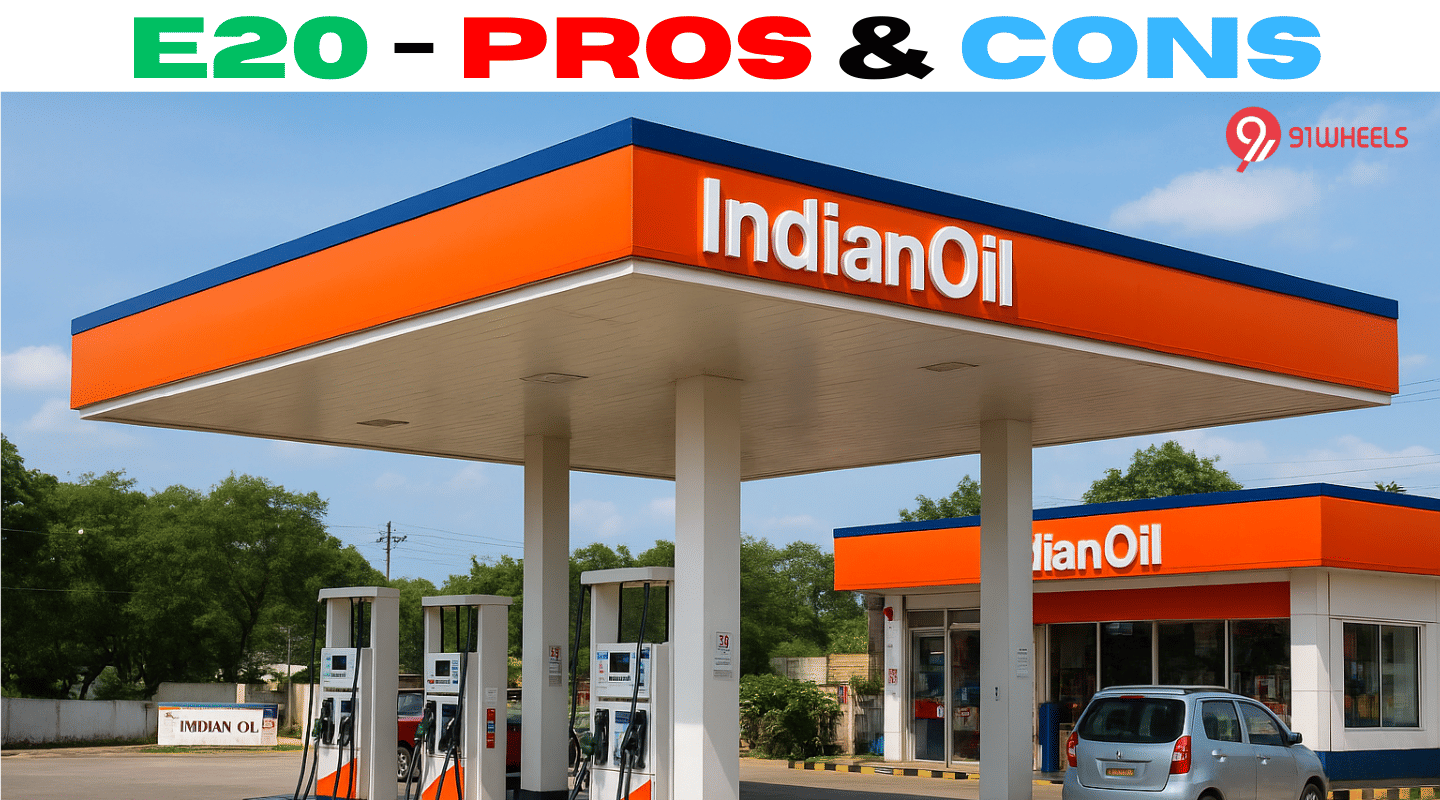
KEY HIGHLIGHTS
- E20 cars emitts 30% less carbon than E10, says GOI
- Better in outright accleration
- Fuel efficiency will drop
- Read the full article to know more
E20 has become the buzzword of August, flooding the web with countless social media posts and endless articles debating it. However, the general public remains perplexed, as the overwhelming amount of information on ethanol often seems baised towards a propaganda. So, with an aim to clear the confusion around this topic, here's a quick look at the pros and cons of E20 fuel. Let's dive in - and meanwhile, don't forget to join the 91Wheels Whatsapp Channel to stay updated with the latest automotive news.
Also Read: Lexus India Launches Assured Buyback Option For NX, ES, and RX
E20
E20 is short for Ethanol 20%, a petrol blend standardized by the Government of India on July 23, 2025. This move didn't come out of nowhere - ethanol blending was already happening at 15% before this date. In fact, the Ministry of Petroleum and Natural Gas had announced last year that the blend would be raised to 20%, so this step was expected.
What's interesting is that India had originally targeted 2030 to reach this level of blending but achieved it five years ahead of schedule. This accelerated rollout carries several implications, which we'll explore shortly. Before that, a quick note on ethanol: it's a biofuel produced by fermenting sugarcane using yeast or by industrial processes such as ethylene hydration.
Pros
Less Carbon Emissions
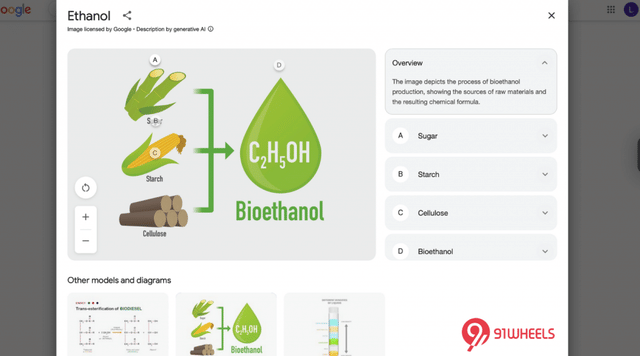
This the core reason of bringing Ethanol in the first place, as becuase of its advent in fuel, the pollutants level of cars will go down, simply, because its made up of a plant. Also, using this bio-fuel is step towards achieving Net Zero emissions target by 2070, which India announced at the 26th session of the United Nations Framework Convention on Climate Change (COP 26) in November, 2021. So, E20 is second step, then next will be E27.
Higher Octane Number
One major benefit of ethanol-blended fuel is that, if your car is designed to run on it, performance can actually improve - especially in terms of outright acceleration. This is because ethanol has a higher octane rating (around 108.5) compared to standard petrol (about 91 RON in India).
Modern engines, particularly turbocharged petrol engines, require higher-octane fuel to operate efficiently. If you own a turbocharged car, you've probably seen in the owner's manual a recommendation for at least 91-95 octane fuel. Why? Because the higher the octane rating, the more resistant the fuel is to knocking - meaning the air-fuel mixture burns smoothly and efficiently, delivering consistent power. Earlier, normal petrol in India was rated around 88 RON, but it has now been raised to about 91 RON to meet the requirements of BS VI-compliant engines.
Help Farmers and Saves FOREX
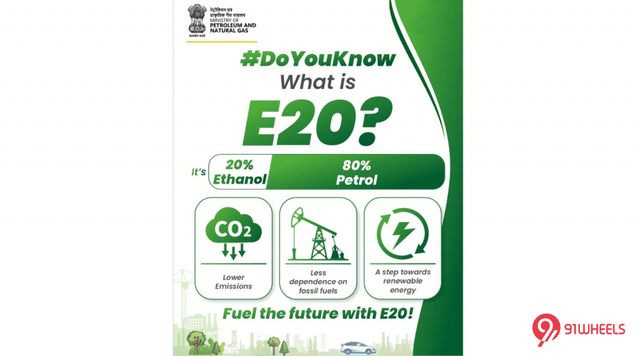
This point isn't about your car, but about the country. The Government of India is saving thousands of crores by importing comparatively less fuel. At the same time, agriculture is getting a boost - after all, we aren't importing sugarcane from Russia. According to an official PIB statement "At 20% blending, it is expected that payment to the farmers in this year alone will be to the tune of Rs.40,000 crore and forex savings will be around Rs. 43,000 crores." To put it simply, the money that was earlier spent on buying oil has now reduced, and a portion of it is going into farmers' pockets.
Cons
Decline In Fuel Economy
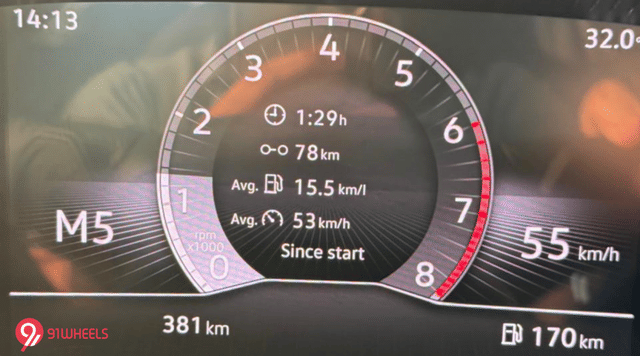
To understand this point clearly, remember one thing - E20 fuel has a lower energy content than pure petrol, so it produces slightly less power. To maintain the same performance, the engine has to work harder, which means it burns more fuel. The result is an inevitable drop in fuel economy. This has become the biggest concern for car owners, and the noticeable drop in mileage has prompted them to question officials at every turn. Even the government acknowledges this issue - in a PIB statement, it was clarified that cars fully compliant with E20 fuel will not experience a drop in mileage, while any efficiency loss in E10 vehicles has been described as "marginal."
Additionally, cars that aren't even compatible with E10 fuel are experiencing an even steeper drop in mileage - which brings us to our second point.
Killing Engines

Cars that have not been tested for E20 - or even for E10, for that matter - risk long-term engine damage. Components such as seals, hoses, gaskets, and injectors may deteriorate over time due to ethanol exposure. Corrosion is another concern, and in such cases, owners may end up bearing the repair costs themselves.
Many carmakers have publicly stated that if engine or fuel system components are damaged due to the use of E20 fuel, warranty benefits will not apply. On top of that, several insurance companies have also clarified that engine damage caused by using incompatible fuel will not be covered.
In simple terms, this feels like giving older engines - especially those made before 2020 - a slow death. The implications go beyond just daily drivers. Even vintage car culture could take a hit. We all know someone who treasures their car for life, maintaining it meticulously and driving with care - but now, even they might have to think twice.
Cost Of Real Petrol
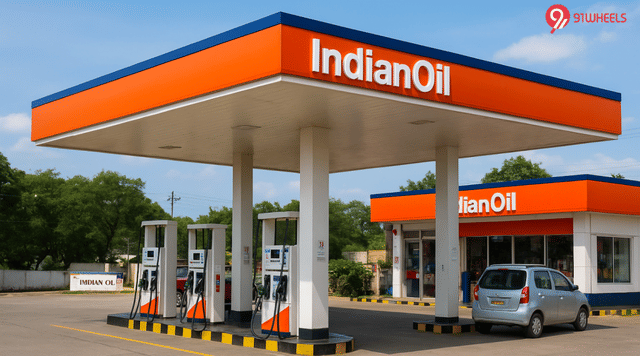
Indian Oil Corporation Ltd. sells XP100 fuel, which currently has the lowest ethanol content in India - less than even 5%. This makes it suitable for older cars that can't handle higher ethanol blends. However, it comes at a steep price. In New Delhi, for instance, XP100 costs around Rs 160 per litre - far higher than regular petrol. So while it's an option, it can burn a serious hole in your pocket, leaving owners of older cars with little choice but to pay extra.
No Future RoadMap
The Government of India has already achieved its ethanol blending target five years ahead of schedule. But what happens if E27 fuel is introduced next year, or E30 in just two or three years? Cars designed today for E20 will eventually face the same issues as older vehicles do now. This uncertainty is a major reason why many consumers are hesitant to buy new cars - there's no clear communication from the government about how far ethanol blending will go or whether future vehicles will be compatible. One thing seems certain: higher ethanol percentages are coming, but are our cars really ready for them?
Verdict
These are the current pros and cons of E20 fuel. While it's undeniably a step toward achieving Net Zero Carbon and ensures farmers get their fair share, it's also hitting consumers' pockets from every angle. A recurring question netizens are asking the government is this: if cars deliver poorer fuel economy and drivers need more frequent trips to petrol stations, how is this actually helping reduce carbon emissions? And more importantly, why are consumers being forced to pay more at every step?














